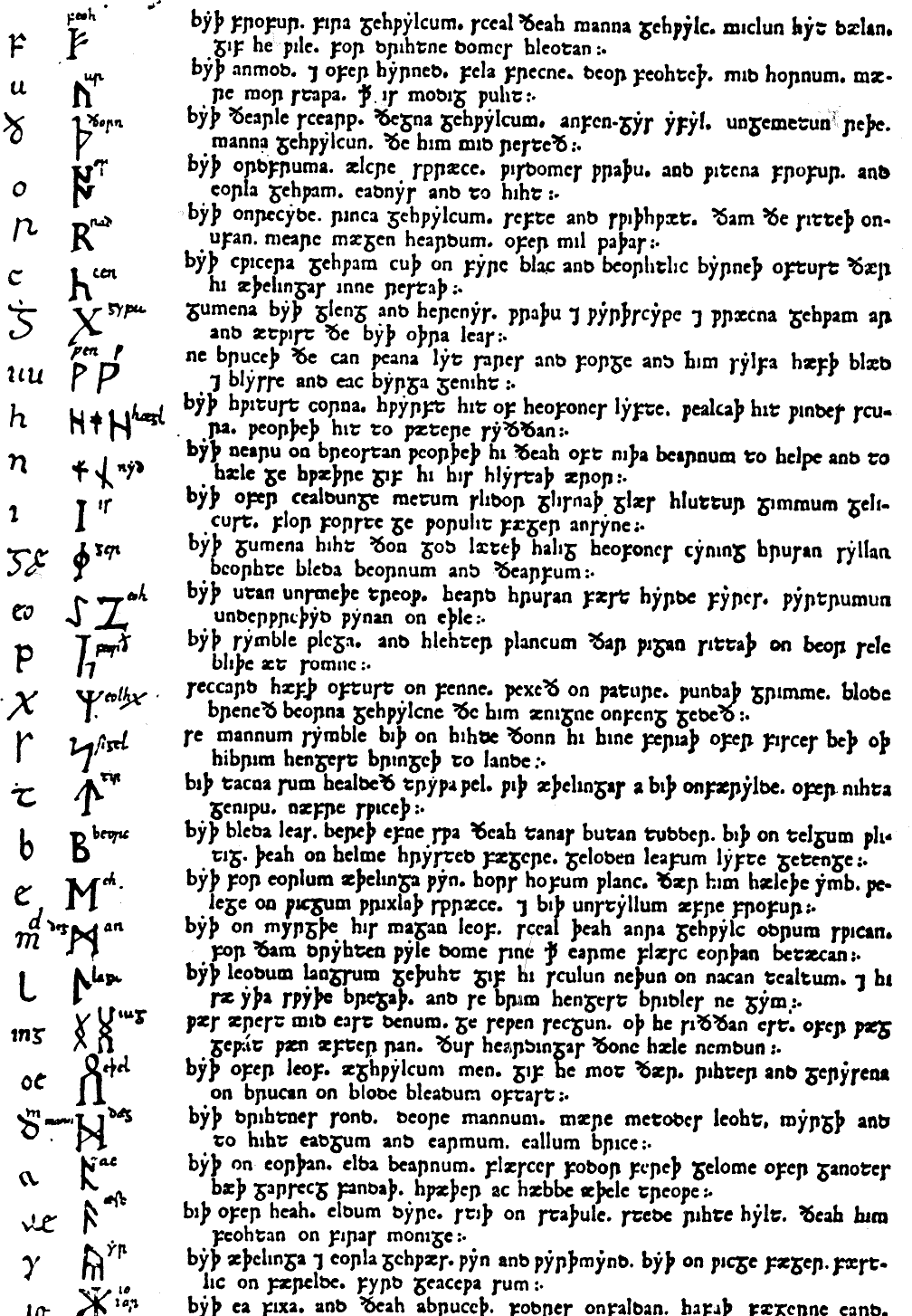One of the major themes of the Rune Fehu (also known as Fee) is money, as you can well guess. The words fee, pecuniary, and peculate all come from the same root word as Fee. These words can be linked easily with similar words in other languages: in Gothic, faihu means “wealth” and “livestock”. In Latin, pecunia means “money”. These themes link with the concept of cattle or livestock with movable wealth in several other languages. In modern German, for example, vieh, (also based on the same root word) means cow. Latin pecu, Lithuanian pḗkus, Old High German fihu, Old Norse fē, Old Prussian pecku, Proto-Frisian fia, and Umbrian pequo all mean “cattle” or “herd”. Latin peculium links the two concepts with the meaning “riches in cattle”.
The concept of cattle even slips over into the Indo-Iranian and Indic side of the linguistic divide. Avestan pasu, and Sanskrit páśu are both related to cattle; Pali pasupalana means “cattlekeeping”. Given the sacred nature of the cow in the Indic tradition, they have plenty of words for cattle, but this particular word is of profound importance. It is the root for a recent epithet of Shiva: Pasupati, Lord of pasture and livestock. I believe, however, that this epithet was a more recent addition to Shiva’s repertoire. It’s clear that in the Rg Veda (written roughly between 1700–1100 BCE), the God called Pasupati was none other than Pushan, a God whose name also incorporates “pashu” with a simple inversion of the vowels. The concepts of wealth and cattle are thus both ancient and sacred with this symbol, especially given that the Sanskrit meaning also extends to "sacrificial" cattle.
With this etymological analysis alone we cover thousands of years and thousands of miles. What’s more, there’s no denying the links between all the words and meanings that go back well over 3000 years into recorded history and likely extend back prior to the known written record. Oddly enough, the poets who wrote glosses on the Runes also seem to have carried on this same knowledge without much variation. In the Rune poems, a collection of riddle-verses written between (approximately) the 8th and the 15th centuries in three different languages and locations, the meaning of “Fee” is remarkably kept quite consistent:
The Anglo Saxon Rune Poem (c. 8c)
(Feoh) byþ frofur fira gehwylcum;
(Wealth) is a comfort to all;
The Old Norwegian Rune Rhyme (c. 13c)
(Fé) vældr frænda róge;
(Wealth) is strife amongst kin;
The Old Icelandic Rune Poem (c. 15c)
(Fé) er frænda róg
(Wealth) is strife amongst kin
Even the ancients agree that money is a comfort, but also that unequal distribution of wealth to the kin can cause strife. There’s ancient wisdom you can take to the bank.






